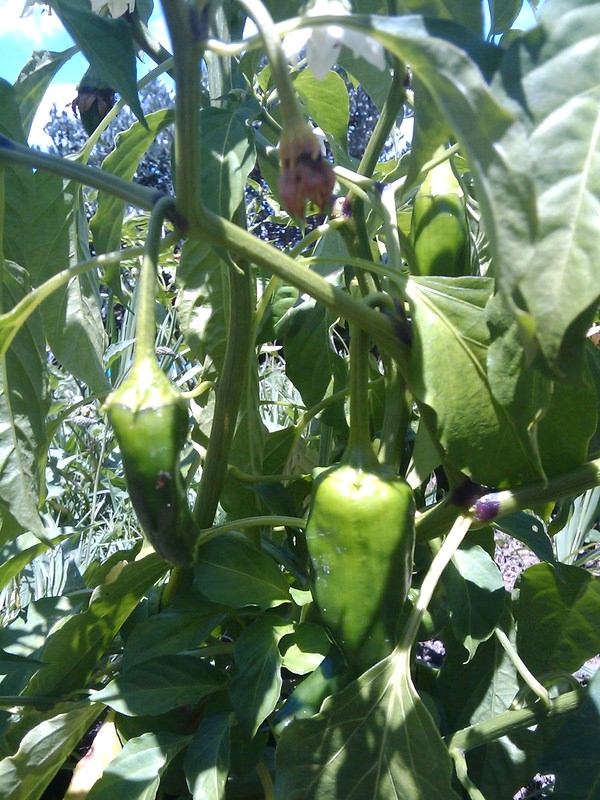Why spend money in the produce section when you can grow your own salsa garden for the freshest tortilla chip accompaniment you will ever taste? Learn the tips and tricks of salsa gardening today.

Everyone has a favorite salsa recipe. Why not use your garden this year to grow all the fixings you need for a great homemade salsa recipe?
(By the way, you can adapt this salsa garden guide for use in a container garden as well.)
What is in your salsa? There are doubtlessly onions, hot peppers, bell peppers, tomatoes, and cilantro.
Read Also:
- Make a Certified Wildlife Habitat: Turn Your Yard into a Haven for Local Native Wild Animals and Plants
- Gardening Tips: Natural Deer Deterrent, Living, Loving & Gardening With Deer
- Caring for Grapes in the Cold Climate Greenhouse
- Brighten Up the Garden with Red Hot Pokers
- Creating a Backyard Wetland – Rain Garden
- How to Grow a Bottle Brush
Since it is low on seeds, the Roma tomato is perfect for salsa. Requiring a soil pH of 5.5 to about 6.8, be sure to plant these tomatoes in full sun. If you are feeling adventurous, try the Principe Borghese tomato as well.
Traditionally, this variety is used for sun-dried tomatoes but – like the Roma – it does not have a lot of seeds. The Backyard Gardener suggests that this variety’s pH range is between 5.5 and 7.
Try the red zeppelin onion. In addition to the full sun, it needs about six inches between plants. This variety grows well when accompanied by tomato plants. If you want to heighten the flavor, plant chamomile with the onions.
Rather than limiting yourself to only a variety of hot peppers, why not go for the gusto with a mix? Gurney’s sells a seed mix that contains cayenne, Anaheim peppers, Serrano and Hungarian hot wax peppers. They grow well together in the full sun.
I like the California Wonder. Dave’s Garden identifies it as an exact zero on the Scoville scale, which identifies it as having a sweetness that offsets the heat from your hot pepper mix. Tolerating soil pH readings ranging from 5.6 to 7.5, it easily adapts to what you have.
What a great herb! Remember that it likes sandy soils. Since it is a full sun plant, you can easily put it in areas that may not be very popular with other plants.
All these plants have in common their affinity for full sun exposure. Since they get along well, plant them all in one large flower bed. Remember to check the soil pH before you plant and to adjust the soil makeup as needed. If you are experiencing drainage problems in your yard, simply make a raised flower bed.
You can do so easily by adding nutrient-rich soil to a container built with little more than four pieces of wood and some sand at the bottom.
Although the Urban Farmer suggests planting with an eye on beauty, I would suggest planting with an eye on functionality. You need to be able to move between the plants and remove fruits that are likely to ripen at the same time.
It is a common mistake to pack the plants too tightly. As seedlings, they look deceptively small. However, as they grow, they spread and need space.
If you do not observe the recommended spacing – you find it on the back of the seed package or on the little stake that comes with seedlings – you make it easy for diseases, fungi, and pests to affect your entire flower bed.
Standing water is another danger to your salsa making plans. Onions, in particular, do not appreciate getting “wet feet,” which leads to root rot. If you are not sure that your soil drains well, use Scotts‘ screwdriver test. If it easily goes through six inches of soil and you can see moisture on it, you are done the watering.